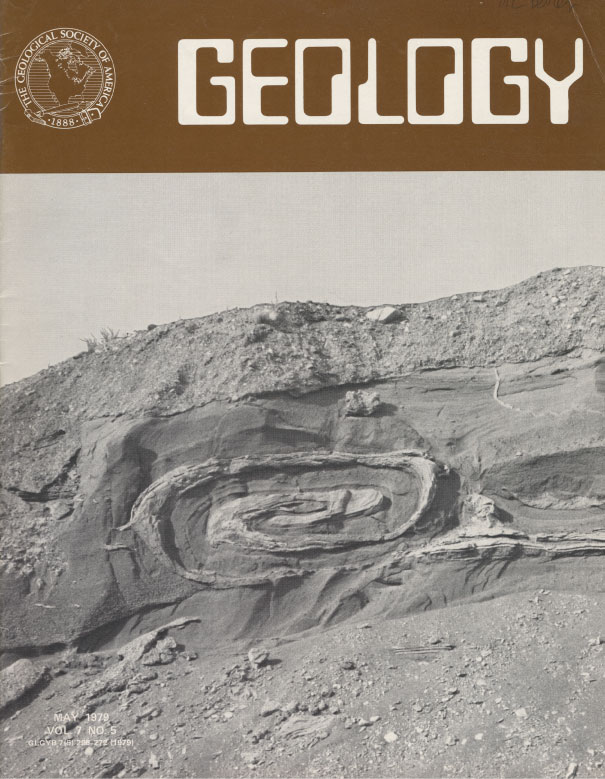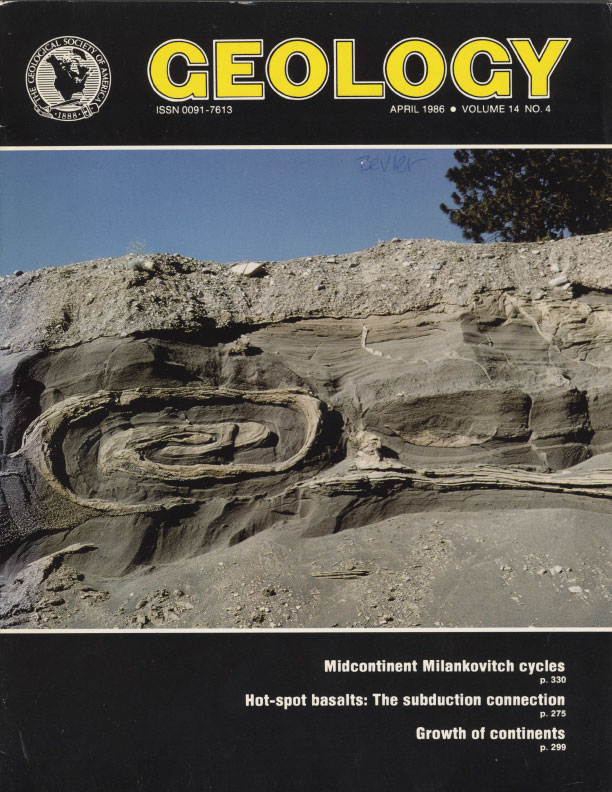The Jelly Roll: a sedimentary rock, not a tasty dessert
UBC Scientists interpret that the Jelly Roll formed in an ice-bound lake about 12,000 years ago, in the latter stages of the most recent glaciation. As ice melted, and rivers flowed into the lake, large amounts of water-saturated sediments began to accumulate, steepening the sides of the lake. As sedimentation continued, the soft margins of the lake became unstable and susceptible to frequent slumping. When sediment sloughed away, it tumbled down into the deeper parts of the lake in a kind of underwater avalanche that we call a turbidity current. In the case of the Jelly Roll, a slab of those sediments was sufficiently cohesive that it was rolled up as it moved down the slope rather than breaking up. Subsequent sedimentary deposits covered and protected the anomalous structure for thousands of years.
This local geological feature was so unusual that in the 1980s, the B.C. government provided funds to make a life-size impression. The original structure (or what is left of it) is located along the wall of a small sand pit just south of Lytton, BC. The outcrop is on the east side of the Fraser Canyon Highway and can be seen from the road when traveling north. Sedimentary structures such as this one are usually measured in centimeters, rarely in meters. In fact, the Lytton Jelly Roll is one of the largest of its type in the world.

Joe Nagel, a former curator of the Pacific Museum of Earth, recognized the significance of the Jelly Roll and pressed the BC government to preserve this unique feature before it was lost. The structure is sufficiently young (geologically speaking) that it had not been transformed into rock and was effectively just a large deposit of unconsolidated sediment. As such, it was very susceptible to erosion and presented a considerable challenge when considering its collection and preservation.
So how could such a delicate structure be transported from its home near Lytton, BC, to UBC? The process began with several skilled technicians spraying the outcrop with a mixture of latex rubber to hold the loose grains of sand in place.
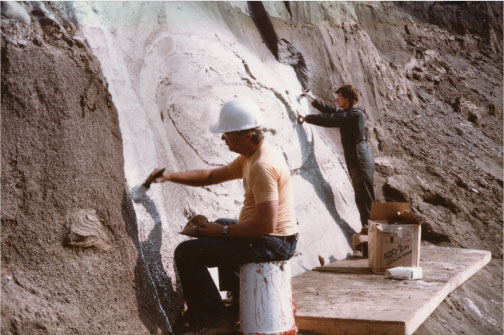
They then covered the Jelly Roll with patches of burlap dipped in rubber and backed the mold with fiberglass to stiffen it. At this point the entire package was peeled from the outcrop and transported to a workshop in Calgary.
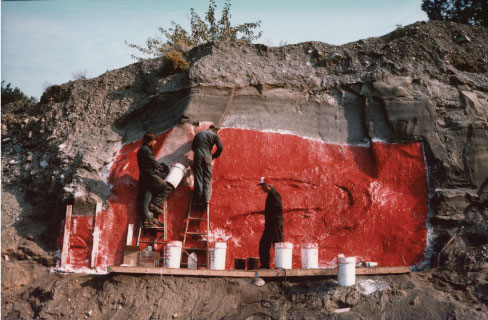
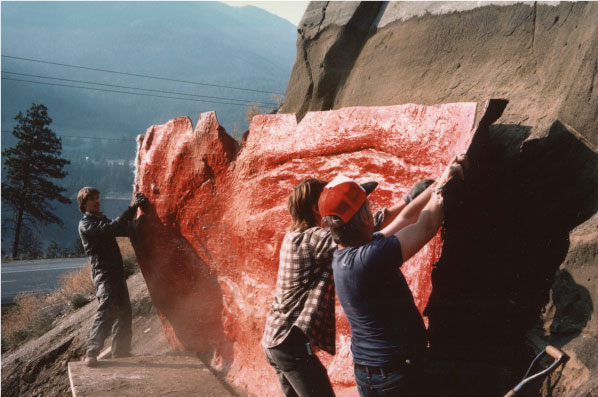
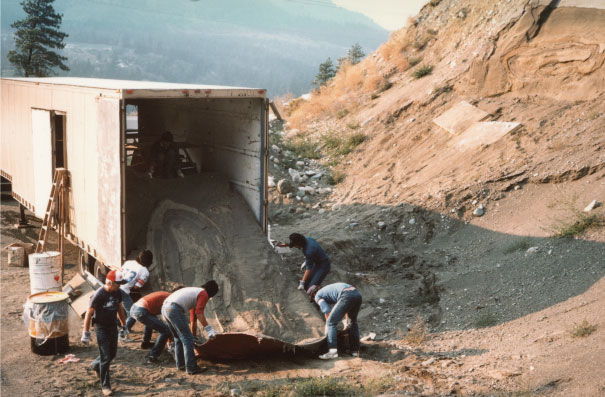
Once in the shop, the peel was put face up and cleaned of loose material. The entire surface was then coated in fiberglass resin (keep in mind, this is the back of the outer layer of sand). This resin layer served to securely anchor each grain of sand. A thick layer of putty was then applied in order to level surface irregularities and a finally a layer of fiberglass was added for strength. At this point the entire package was quite rigid. The peel was then turned over and the original latex layer was removed. The end result was not a replica, but the actual outcrop complete with all details, but only 1 grain thick. Three days after the move, part of the Lytton Jelly Roll slumped away and was lost forever in outcrop.
